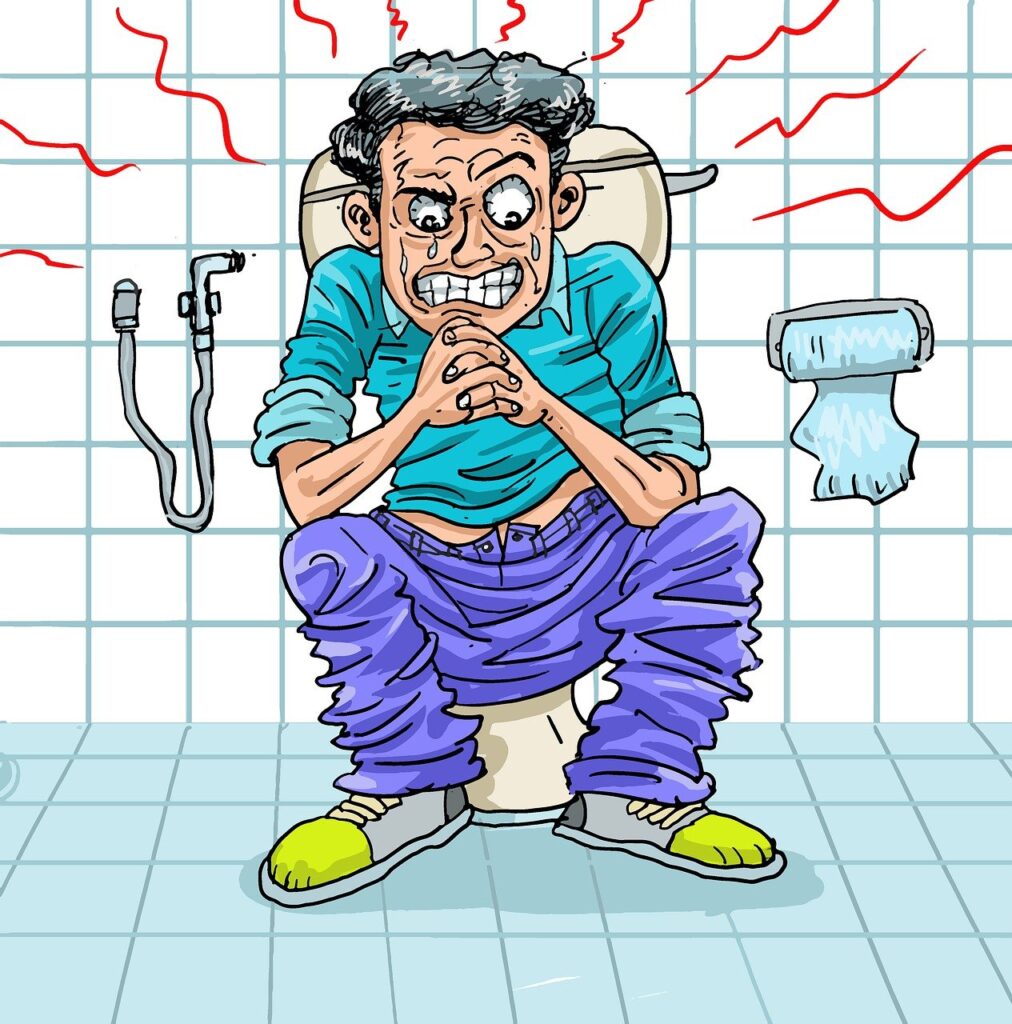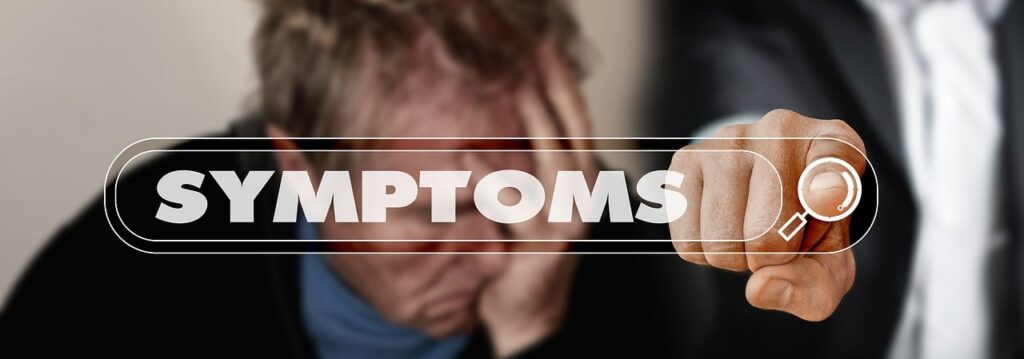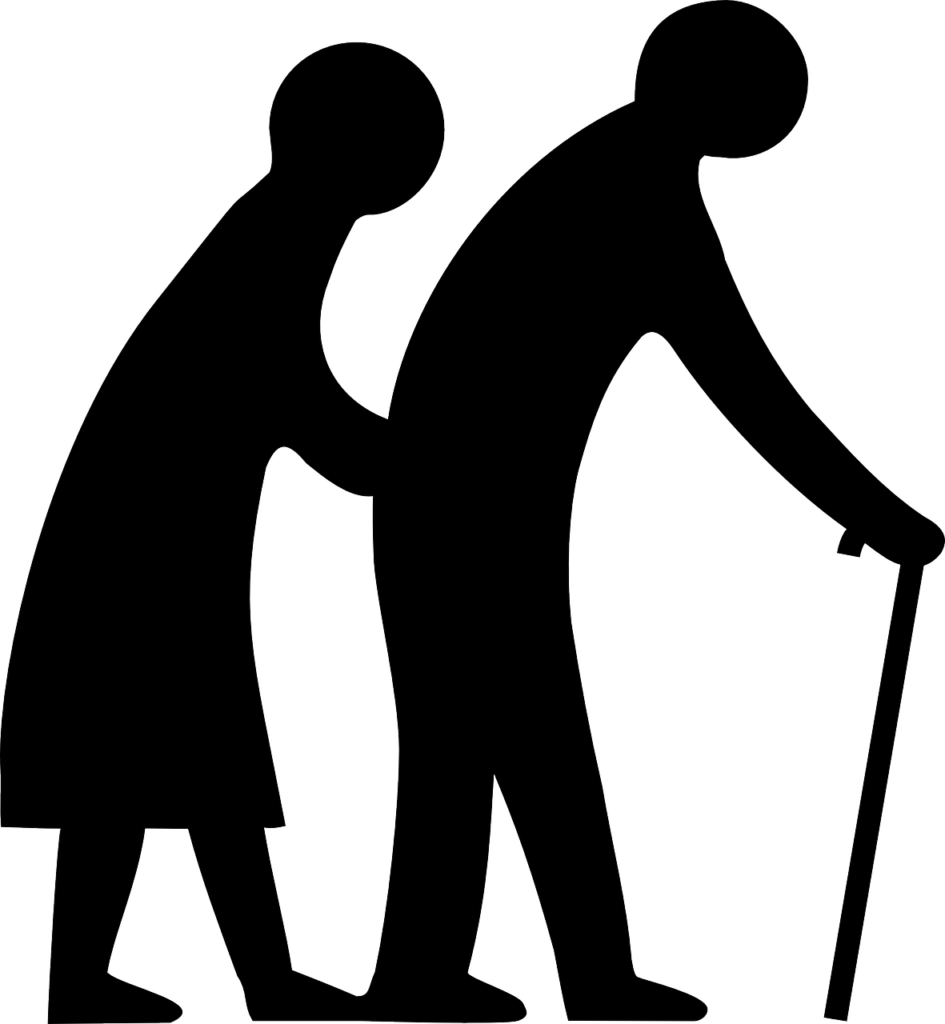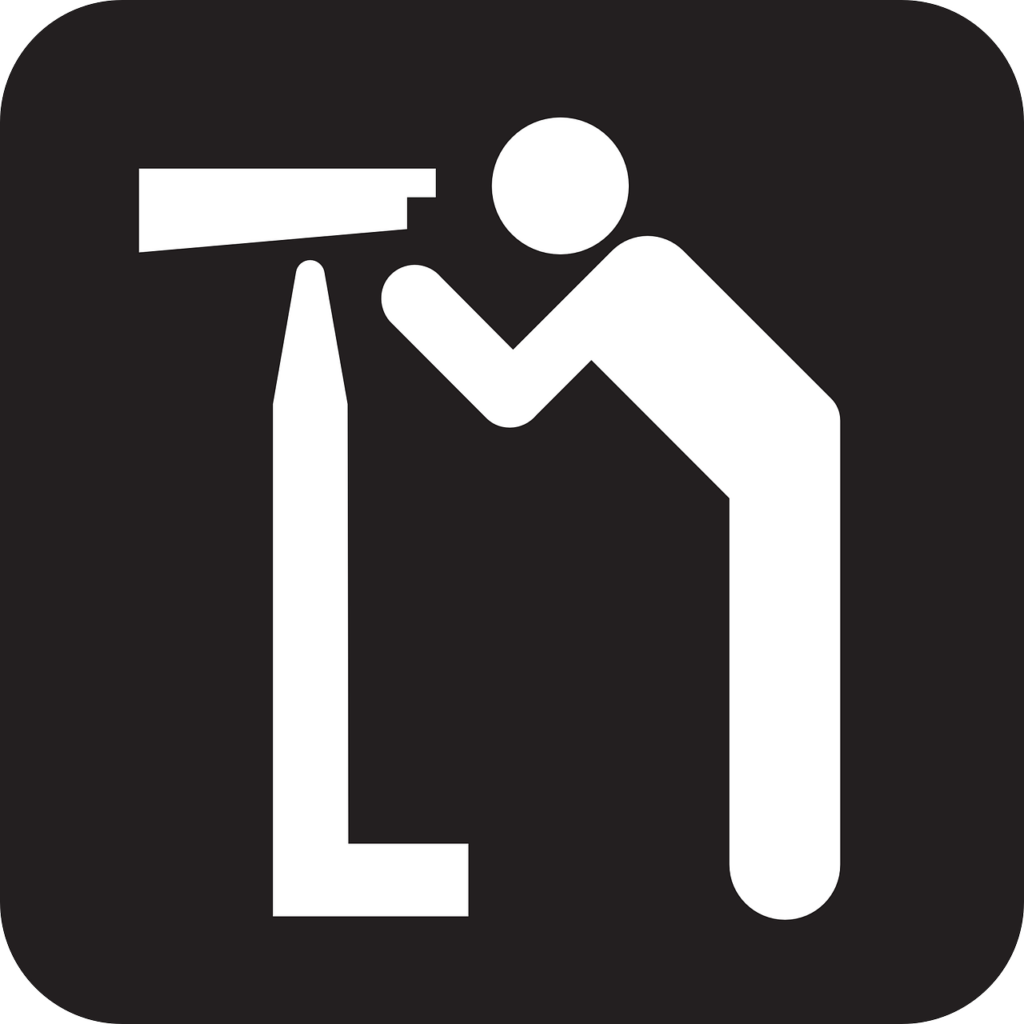
Constipation and Seniors. Here, a common complaint that older adults suffer is constipation. Also, constipation is an uncomfortable situation no matter your age. But for older adults, it’s a more common condition that can come with serious complications. However, this digestive problem can cause uncomfortable feelings and lead to other more serious medical issues if not addressed.
What is Constipation in Seniors?

Constipation and Seniors. Constipation is a term used to describe when you have three or fewer bowel movements in a week. But it can also be used to describe a situation where you’re unable to completely empty your bowels. Hence, many people even consider themselves to be constipated when they need to strain to have a bowel movement.
Constipation happens to everyone from time to time, but when it becomes regular, it can be a problem. Subsequently, when stool accumulates in the large intestine or colon for too long, it can become hard and dry, and more difficult to pass. In this case, about 16 percent of adults experience chronic constipation. Furthermore, this percentage increases to about a third of adults over age 60 and about half of all adults living in nursing homes.
Symptoms of Constipation in Older Adults

Constipation and Seniors. For instance, according to the National Institute on Aging, people differ in how regularly they have bowel movements. Therefore, having “regular” bowel movements simply means that bowel movements occur at a frequency that is normal for that individual. As a rule, if a person experiences infrequent bowel movements, they may have constipation. But around one in three older adults experiences occasional symptoms of constipation. These may include:
- producing fewer than three bowel movements in a week
- having difficulty passing stools
- producing lumpy or hard stools
- experiencing a sensation of having blocked bowels or not having fully emptied the bowels
What are the Types of Constipation in Older Adults?

Constipation and Seniors. The two main types of constipation in people of all ages are primary and secondary constipation.
Primary constipation
Primary constipation, also known as functional constipation, happens when your problem is related to your bowel function and is not caused by another medical condition or medication. Functional constipation is divided into three subgroups:
- normal transit constipation
- slow transit constipation
- disorders of defecation
So then, it’s possible to have more than one of these subtypes of functional constipation at once. However, normal transit constipation is the most common and occurs when your stool moves at a regular frequency but is hard and difficult to expel.
So then, in slow transit constipation, the bowel itself moves stool slowly for one reason or another, with delays in emptying. And this often happens in people with metabolic disorders like diabetes and hypothyroidism. In particular, with disorders of defecation, problems in the musculature of the rectum dampen the urge to defecate, causing stool to build in the colon without release.
Secondary constipation
Here, secondary constipation is when your bowel problems develop as a result of some other medical, physical, or structural problem. It can also be caused by a medication or treatment you’re taking. Examples include:
- taking more than five different regular medications
- having a chronic disease
- having mental health concerns
The Causes of Constipation in Older Adults

Constipation and Seniors. Similarly, lots of things in our bodies change as we age. Also, systems slow down and lose efficiency. Generally, diets change, and living situations shift. Generally, constipation increases in frequency throughout adulthood, with the biggest jump after age 60. Consequently, this is especially true for people who live in assisted care facilities, such as nursing homes.
There are many causes of constipation among older adults, including:
- reduced mobility
- multiple chronic illnesses
- dehydration
- not eating and drinking enough
But it’s also important to understand that the risk of various medical conditions and structural changes goes up as we age. This can include things like:
- colon thickening
- stenosis of the anus
- rectocele, which is when the rectum bulges into the vagina
- hemorrhoids
- loss of abdominal strength
- motility disorders
- bowel obstructions and perforations
How can you Prevent Constipation in Older Adults?

Constipation and Seniors. If you have several medical conditions or take a high number of medications, you may think that constipation is inevitable. But there are steps older adults can take to make sure things keep running smoothly, including:
- drink plenty of water
- stay active
- get regular exercise
- aim for 25 to 30 grams (g) of fiber in your daily diet
- time your toileting efforts regularly after meals
Then Treatment for Constipation in Older Adults?

Constipation and Seniors. Ideally, you’ll be able to resolve your constipation without the use of medications. Therefore, the first goal in treating constipation is to reduce symptoms like abdominal pain and bloating. However, the second goal is to have regular, soft bowel movements that don’t require you to strain at least three times each week.
Exercise, hydration, and diet changes — especially increased fiber intake — are usually the first suggestions your doctor will make to reach these goals. Subsequently, if nonmedicinal methods don’t work, your doctor may examine you for fecal impaction. So then, this is a condition that develops when hard, dry stool becomes packed into the colon, making it difficult for stool to pass. And in some cases, liquid stool may be leaking around the impaction, concealing the impaction. This is called overflow diarrhea.
if you have impacted stool, resolving this issue must be the first step. This condition is treated either with an enema or manual disimpaction. Manual disimpaction carries risk, so be sure to let your healthcare professional perform this task, or instruct you carefully on how to do it.
For constipation without impaction, there are several other behavioral and medication options you can try to help move your bowels.
Behavioral options
Behavioral options may include things like:
- scheduling toileting efforts after mealtime
- planning regular times to attempt a bowel movement
- using a stool under your feet during a bowel movement
- providing adequate time and privacy
- avoiding bedpans
Medication options
Medication options are divided into categories based on how they work. It may help to understand what type of constipation you have, and what’s causing it when choosing the right medication.
Most of these are available as over-the-counter (OTC) products, but your doctor can advise you on which to take or provide you with other prescription options if these don’t produce results.
Bulking agents
These medications add bulk to your stool to increase your urge to have a bowel movement. These medications, and their recommended dosage, include:
- methylcellulose powder (fiber supplements), 19 g a day
- polycarbophil (FiberCon) tablets, 1,250 milligrams (mg) one to four times a day
- psyllium fiber (Metamucil), 1 teaspoon or 1 packet one to three times a day
Osmotic laxatives
Osmotic laxatives work by attracting water to your colon. This helps keep your stool soft and hydrated to make a bowel movement easier. Examples of these, and their recommended dosage, include:
- lactulose solution, 15 to 30 milliliters (mL) per day
- magnesium citrate solution, 150 to 300 mL as a single dose or for short-term daily use
- magnesium hydroxide suspension, 30 to 60 mL per day
- polyethylene glycol powder (Miralax), 17 g per day
- sorbitol solution, 2 to 3 tablespoons as a single dose or for short-term daily use
Stool softeners
Stool softeners do just what they say — they make stools easier to pass. The main type of stool softener is docusate sodium capsules or Colace.
Stimulant laxatives
Stimulant laxatives work by triggering contractions in the intestines to help move your stool. These types of laxatives, and their recommended dosage, include:
- bisocodyl (Dulcolax) tablets, 5 to 15 mg a day
- senna tablets, 15 mg a day
The Outlook for Older Adults with Constipation

Constipation and Seniors. Most people will experience constipation at some point in their lives, but chronic constipation is much more common in older adults and those living in nursing homes.
Maintaining a healthy high fiber diet and getting regular exercise can help. But injuries, medications, and general aging issues can make avoiding constipation difficult.
There are many treatments available for constipation. If you’ve tried over the counter, OTC methods without relief, talk with your doctor about additional treatment. This can help you avoid complications like bowel obstructions, perforations, and gastrointestinal bleeding.
DONATE
Pensioner Fitness Awards
THE BUSINESS CONCEPT, BEST IN BUSINESS AWARDS
- “MOST INSPIRING SENIOR WELLNESS WEBSITE 2023“
THE GLOBAL HEALTH AND PHARMA, FITNESS AND NUTRITION AWARDS
2. “BEST SENIOR FITNESS AND NUTRITION SPECIALIST 2023“
THE MIDDLE EAST AND AFRICA BUSINESS AWARDS
3. “ MOST INCLUSIVE FITNESS PROVIDER 2023″
THE CORPORATE LIVE WIRE GLOBAL AWARDS 2023/2024
4. ” FITNESS ADVISORY PLATFORM OF THE YEAR“ 2023/2024
In Conclusion
A physical examination should involve at least an abdominal exam and a rectal exam. Abdominal exams may reveal an abdominal mass if there is significant stool burden and may reveal abdominal discomfort. Rectal examination gives an impression of the anal sphincter tone and whether the lower rectum contains any feces or not. Rectal examination also gives information on the consistency of the stool, the presence of hemorrhoids, blood and whether any perineal irregularities are present including skin tags, fissures, anal warts. Physical examination is done manually by a physician and is used to guide which diagnostic tests to order.
Important Note *
Remember that everyone is different, it is ultimately YOUR RESPONSIBILITY to find what your body responds to. So please do your due diligence before trying anything new, including getting Medical Advice to ensure your safety and peace of mind.
Connect with me and leave a comment